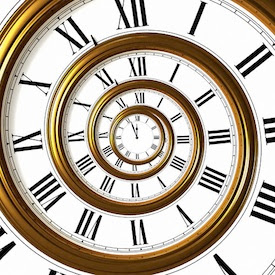Loki's Children

Joseph Campbell succinctly explained,“Mythology is not a lie, mythology is poetry, it is metaphorical. It has been well said that mythology is the penultimate truth--penultimate because the ultimate cannot be put into words." Written from 26 May through 29 June 2025. ********* While most modern readers of the Eddas view the tales as mythology or even fantasy, many adherents of present-day Heathenry adopt a literal interpretation of the events and characters. In both cases, the esoteric value of the stories are often lost with little more than an exoteric understanding gained. From the latter perspective, the stories make little sense and their application to one’s life is quite limited. For those who read the stories as pure fantasy, the tales excite the senses, but not in a more significant way than other heroic fiction might. For the literalists, and especially those who cling to some type of Heathen orthodoxy, the gods and giants are awesome figures to be feared or worship...



.jpeg)

